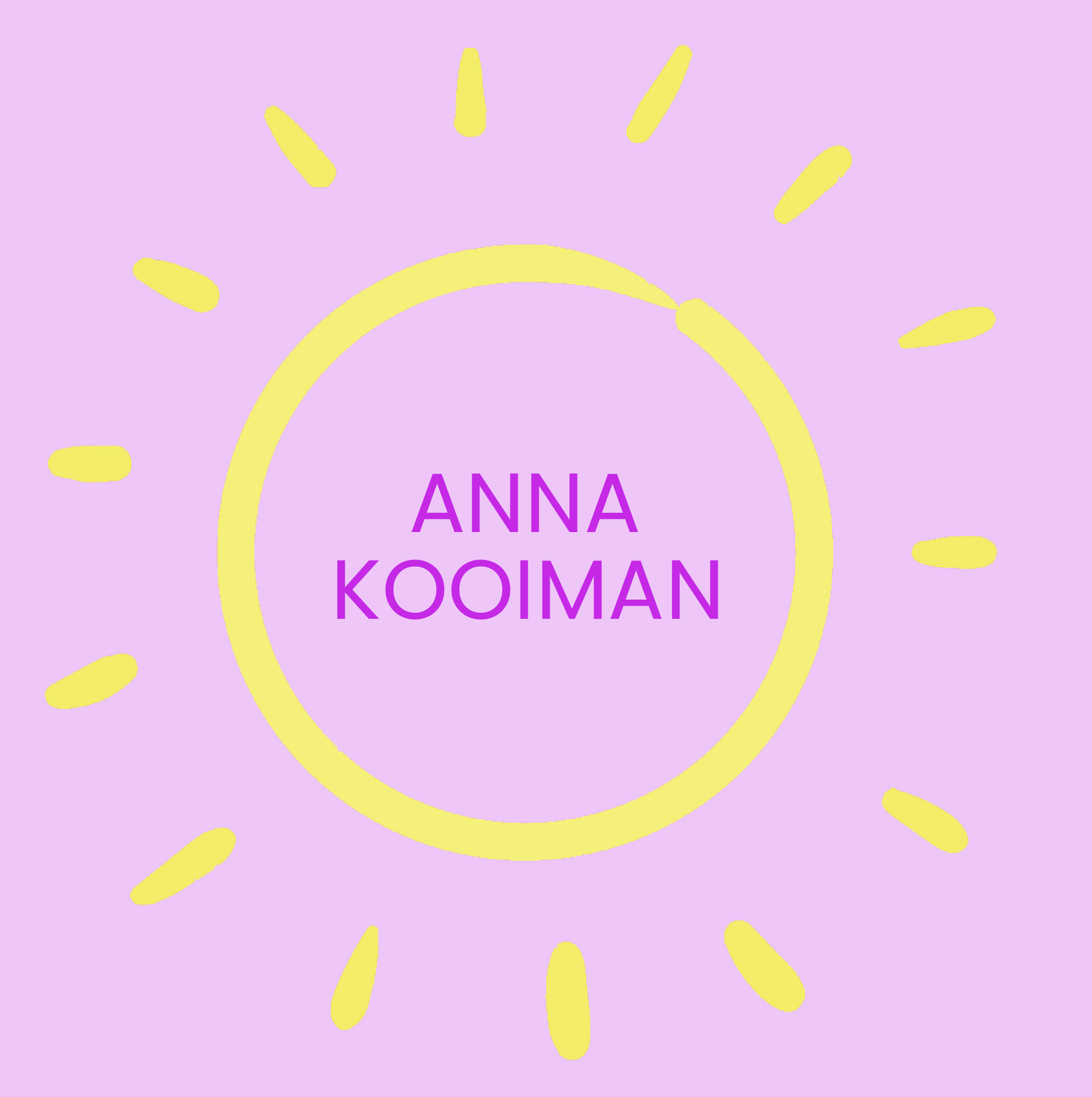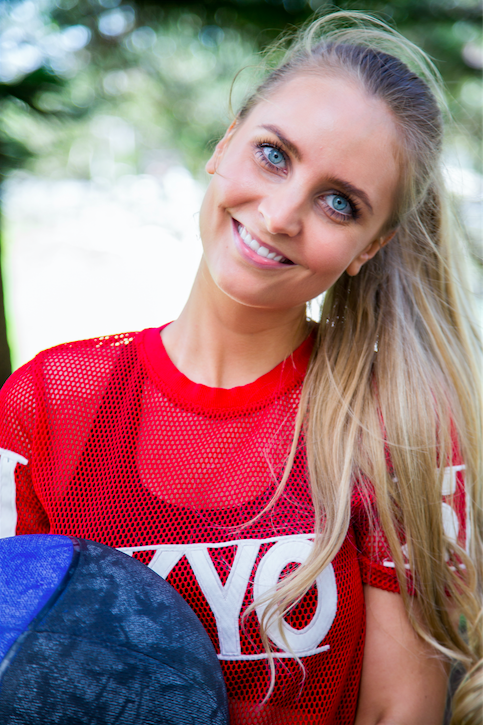Why Crunches Can Actually Make Mummy Tummy WORSE!
Do you have abs separation? We will discuss that in this blog post with a doula and pilates instructor. The best way to know is by seeing a doctor or women’s health physiotherapist. But there is a simple test you can do yourself to get a general idea.
>> Download the FREE Strong Sexy Mammas Guide and Video Training, CORE AFTER KIDS. <<
Postnatal crunches can make 'mummy tummy' worse? Eeeeek! What? Can that be correct? I thought sit-ups were part of the recipe for a washboard stomach. Well, that is definitely not the case if you have just given birth to a sweet little bundle of joy that has unfortunately left you with abs separation. I've learned that curling movements and those that load the core too much can exacerbate the problem and leave us with a pot belly. Not the look you are going for long term? Me neither! It was actually happening to me. I was getting fitter but my belly was pooching and I was experiencing some bladder leakage after tough workouts. I’ve started studying for certifications in this area because I want to serve you better than 99.9% of the fitness industry that neglects diastasis recti and pelvic floor function.
NOTE: First let me say, as new moms I think we should give ourselves a break and love our bodies. We should thank ourselves for growing these adorable little humans! I also hope that if we want a flat tummy again, and are wiling to work for it, we can have it.
I am in the process of healing my abs separation. You'll see my 4.5 month old baby boy in the video above. I was fortunate to only have about two fingers of abs separation following his birth. The downside was that the separation was quite long and deep. Some women have a lot more. Others less. I have spent a lot of time and energy researching this condition. Diastasis recti is the official name. To get down to basics, according to WebMD,“Diastasis recti” means your belly sticks out because the space between your left and right belly muscles has widened. You might call it a “pooch.” It's very common among pregnant women. About two-thirds of pregnant women have it.
My healing is going well! I've had a several physical therapy appointments and signed up for the MUTU Mamas online program (which also comes with a lot of literature on the topic and even nutritional tips for recovery). I'm also getting some tips from Tori Clapham a doula and the founder of Peaches Pilates. They have a fantastic ‘Mums and Bubs’ program that not only includes fitness, but education. In the video above, Tori and I show you how to tell if you have abs separation and also demonstrate a few exercises she recommends to clients. As always, be sure to consult with your physician. Below you will also find a Q and A to dive a little deeper.
ANNA: Is it true doing sit-ups after having a baby could actually make 'mummy tummy' worse?!
TORI: Yes, unfortunately, that is the case. You can exasperate the separation of your rectus abdominis by forward curling ab movements - who would have thought! The good news is, you now have an excuse to ditch the crunches!
ANNA: Diastasis Recti... Sounds complicated... What is it?
TORI: Diastasis Recti is, in layman terms, abdominal separation. It's when your 'six-pack' muscles come apart - due to the pressure of a growing tummy to accomodate bub, and the relaxant hormones that come with pregnancy. The Linea Alba - which is a piece of fascia that holds your abs together, becomes strained and overworked, so the six pack muscle separates - you can actually feel this by hand.
ANNA: Do more women have diastasis recti than they realize?
TORI: Abdominal separation is extremely common, and lots of women have it without realizing. It's not dangerous or going to affect your everyday life, but in severe cases, it can be upsetting and even somewhat disfiguring for women. Even for those who have a mild version, it can cause frustration when wanting to tone up after having their baby, so Pilates is a fantastic way to help bring your abdominals back together, and ditch the 'mummy tummy'.
ANNA: Why isn’t it talked about more often?
TORI: I honestly think there's just a real lack of awareness when it comes to this subject. Mums have so much on their plate already, and often don't want to draw attention to an area of their body they may be uncomfortable with postpartum. So they don't talk about it.... Then you get people assuming that doing crunches will help flatten their tummy - which actually can do more harm than good when it comes to correcting diastasis recti - and so the cycle goes.
ANNA: Experts say to heal from the inside out. What does that mean?
TORI: What experts are referring to here, is bringing the abdominals back together. Once your core is reconnected, and the TA (transverse abdominis) is strong, the rest (flatter tummy, saying goodbye to your 'pouch') follows. I like to think of the TA as the corset that wraps around your midsection - having a high functioning TA is beneficial not only for the aesthetic stuff: a strong core is key when it comes to preventing and treating back pain, correcting posture, and performing well in sports.
ANNA: What exercises should we stay away from? Which ones are suitable?
TORI: Well, you can say goodbye to situps for now, wohoo! Avoid any forward curling ab movements and over loading the core with planks or lifting heavy weights - it's not forever, but being patient when it comes to resuming your normal exercise routine is key after pregnancy. Try to do the 'boring' TA activation movements we highlight in our video, and learn to love side lying movements! Sidelying Pilates work is my favourite thing to do when it comes to Pilates, not only is it low impact, get for pregnancy and post natal clients, but it WORKS! That 'Pilates waist' really does come in to play when you're doing regular side-lying movements - you can check out our online program for loads of different variations here!
ANNA: How does pelvic floor strength and posture play a role in recovery?
TORI: Your pelvic floor is directly tied to your TA, and your TA plays a pivotal part in posture correction. We have to remember that everything in our body is connected, so to heal and improve our bodies, it's important to look at our health form a holistic angle. Activating your pelvic floor aids in switching on and strengthening your TA, which in turn helps bring your abdominals back together, so start incorporating a pelvic floor and TA activation routine into your daily movements - remember it's about consistency!
ANNA: How does Peaches Pilates help new moms feel comfortable and confident in their body image?
TORI: Peaches is all about community. We love seeing our studios and online hub as far more than a place for fitness. The mums'n'bubs classes at Peaches are akin to a mothers group - we're all there to support eachother and the women can share their experiences - good AND bad! My number one goal with Peaches is for it to be the total opposite of the sterile, 'be as skinny as you can' vibe most fitness lines portray. We want women to fall in love with fitness, not for how it makes you look, but how it makes you FEEL. We're about being the happiest and healthiest version of yourself, and so much of that comes down to mental health.
ANNA: How long does It take to heal?
TORI: It really depends on how severe the separation is. For many women, the problem will resolve on its own accord within a few months. Some need regular Pilates sessions to really aid the abdominals in coming back together, and often those with a problematic separation may experience further difficulties with additonal pregnancies. I always recommend seeing a physio after having a baby, even if you're not experiencing any obvious symptoms. Physios are experts when it comes to all things muscles; they'll be able to prescribe a treatment plan, and let you know when it's time to start Pilates with someone like me :)
ANNA: Anything else you want to add?
TORI: I'd really love to add that I hope women everywhere feel a real sense of pride when it comes to their postnatal being. Please remind yourselves, you've some something really AMAZING! When you stop to think about how cool it is that you grew and ACTUAL HUMAN with your own body, it's pretty damn special. I urge women to be patient with themselves when it comes to their postnatal journey, and hope that whatever stage they are in, they don't hesitate to ask for help when it's needed. I have so much respect for mums - as a doula and a pilates studio owner, they are a joyful part of my everyday work. I can't wait to join you all in motherhood!
If you’re a new mom ready to run, jump, jog, or crunch, make sure you body has knitted itself back together post-delivery. Dr. Jill Gamberg of Double Bay Doctors in Australia says, “The return to impact or intense exercise may be as early as 16 weeks (if there are no medical issues) but may take up to 6 to 12 months to strengthen the pelvic floor and abdominal muscles enough to return to exercises like running, dancing, skipping or jumping.
Intense exercises like sit-ups, planks, hovers, and curl-ups are not recommended exercises for mums after childbirth, as they can place pressure on the recovering lower abdominal muscles and pelvic floor muscles.
A review with a women’s health physiotherapist for abdominal and pelvic floor muscle testing before returning to high-impact exercise, running, sport or abdominal exercise programs, is a great idea.”







